by Craig Brelsford
Founder, shanghaibirding.com
From September through December 2012, Varied Tit burst into Earth’s Greatest City. For those few months, the status of Sittiparus varius varius in Shanghai went from “unrecorded” to “locally common.” I noted Varied Tit on various occasions on Lesser Yangshan Island and in urban Shanghai at Zhongshan Park, Changfeng Park, and Binjiang Forest Park.
The mass movement saw incursions of Varied Tit up and down the Chinese coast, with reports from as far south as Hong Kong. Unusually high numbers of Varied Tit were reported in South Korea as well as Japan (Loghry & Moores 2012).
The episode captured many birders’ imaginations, not only because of its ornithological interest, but also because Varied Tit is a beautiful bird.
Five years later, the 2012 irruption remains remarkable. Despite the growing number of birders in the Shanghai region, no one here has managed to find Varied Tit, a species not especially prone to irruptions.
Harrap and Quinn describe Varied Tit as resident throughout its range, with “some evidence,” some of which is “contradictory,” of movements south and to lower altitudes in winter. The word “irruption” does not appear in the authors’ otherwise exhaustive account of Varied Tit (1995).
In China, the nominate form of Varied Tit is confined to Northeast China (Liaoning and southern Jilin). It is resident as well on the adjacent Korean Peninsula and the main Japanese islands.
In 2012 as now, I was using my Nikon D3S and 600 mm F/4 lens. Here are some of the photos I produced of Varied Tit.
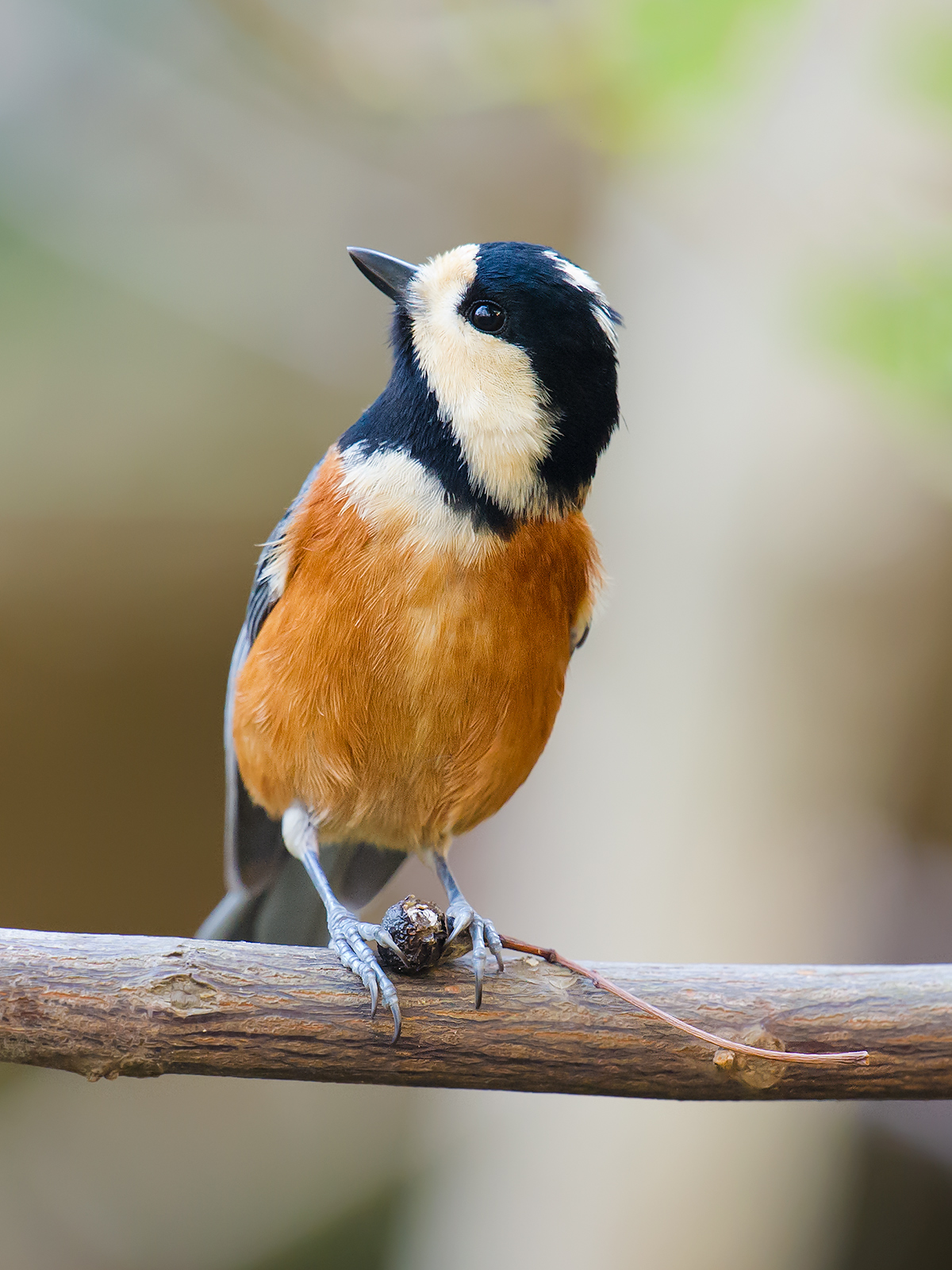
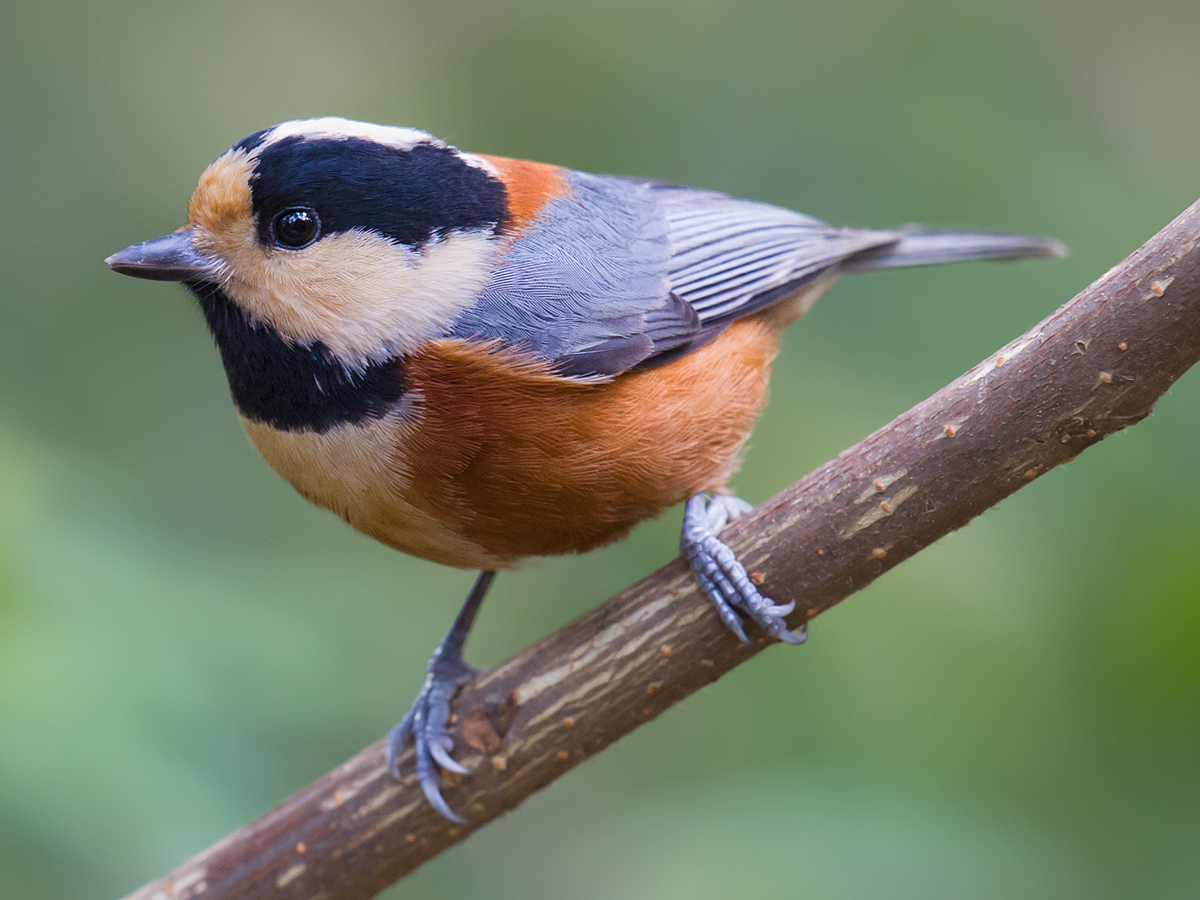
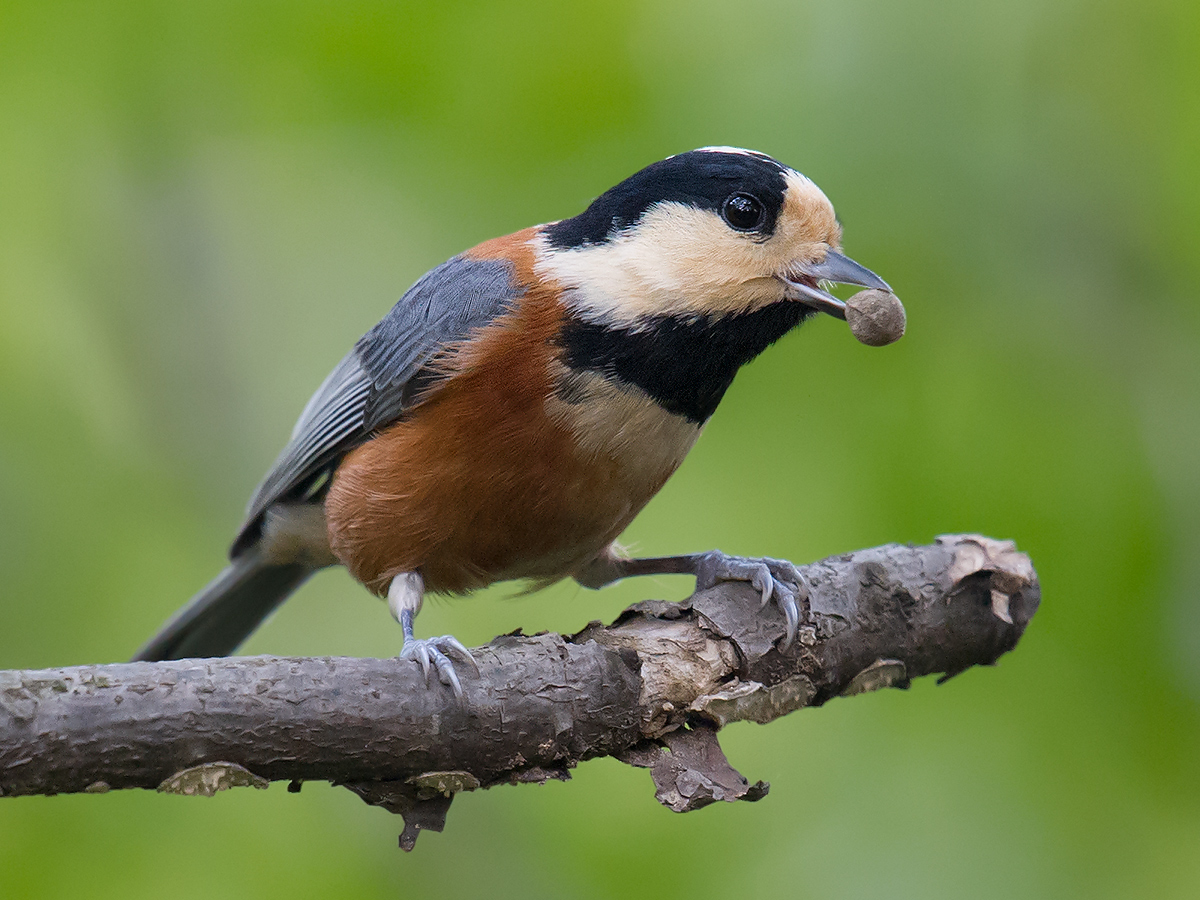
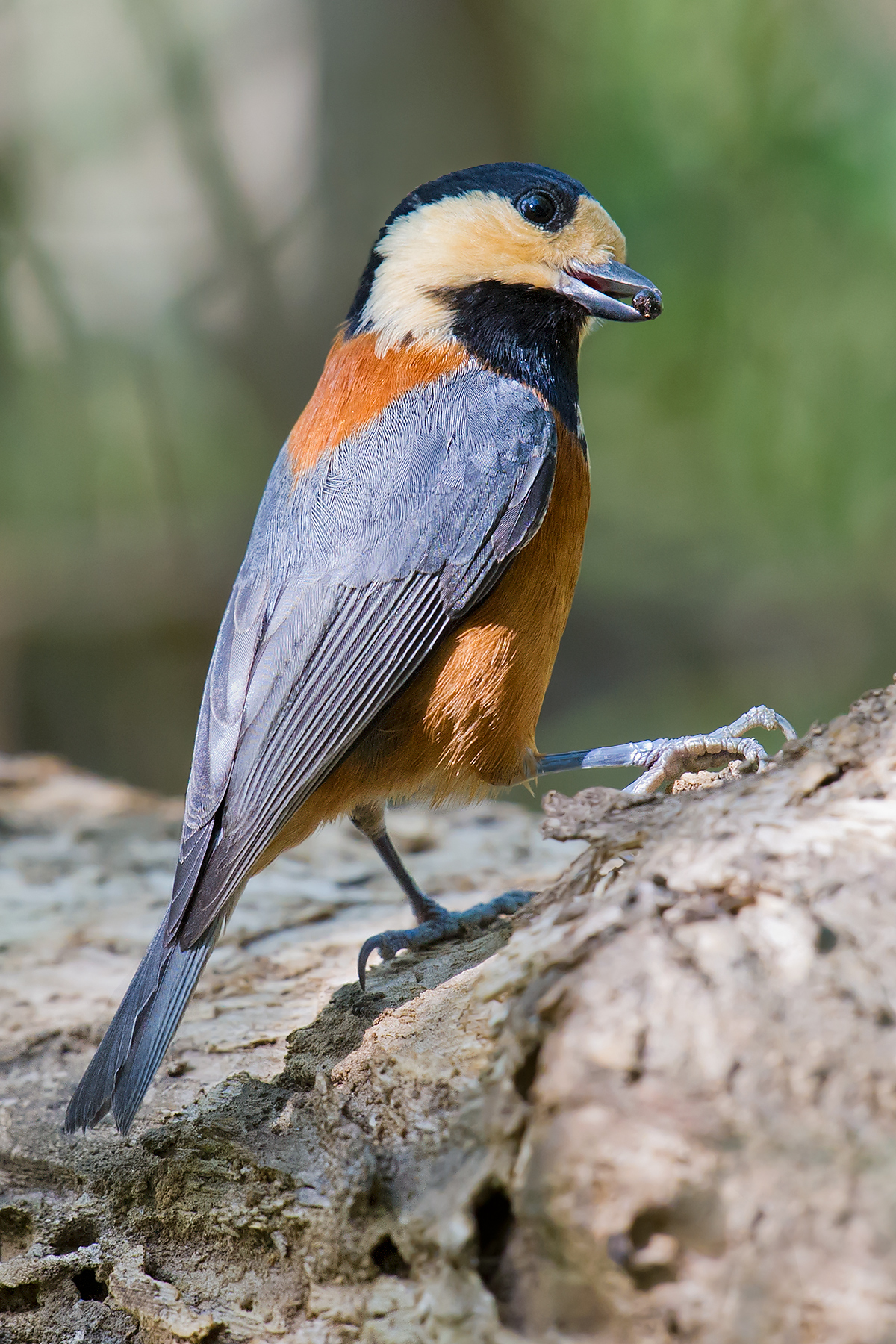
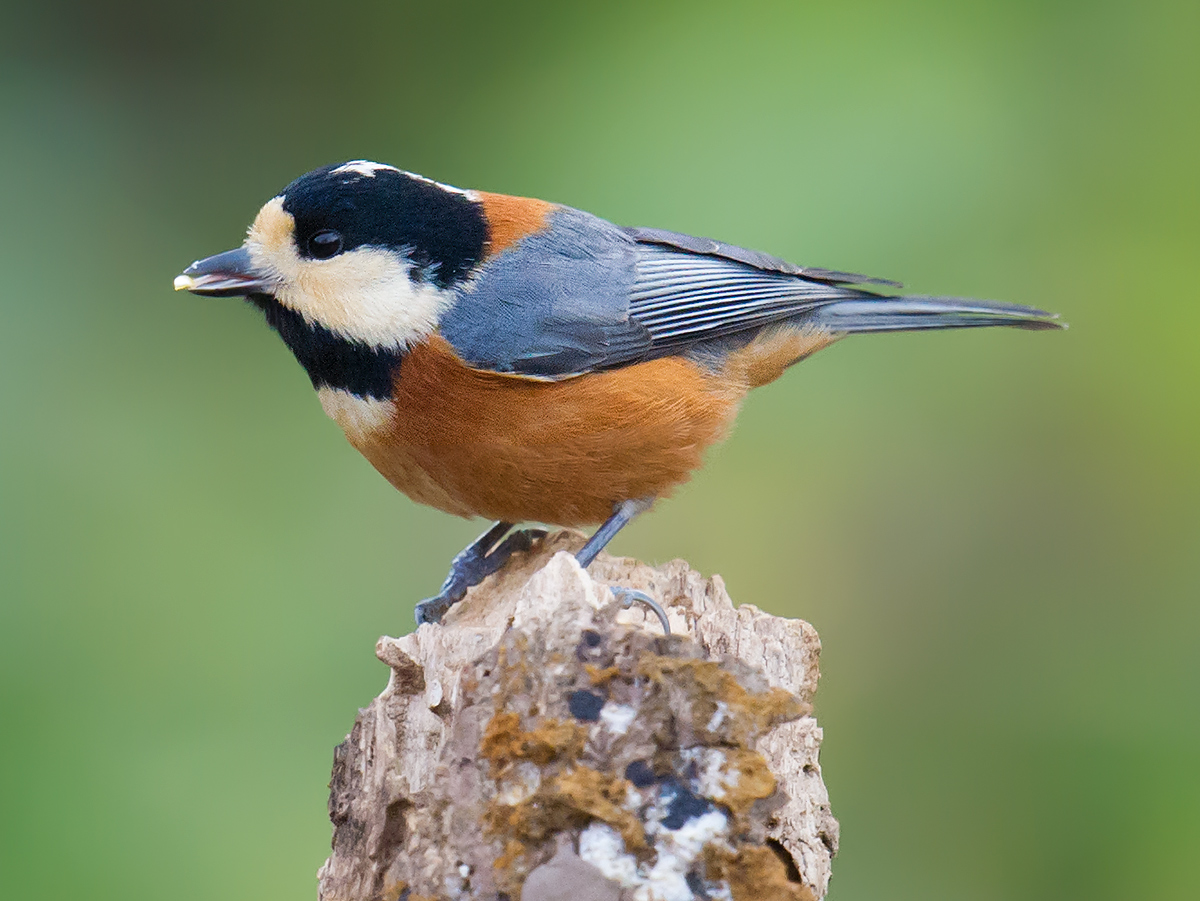
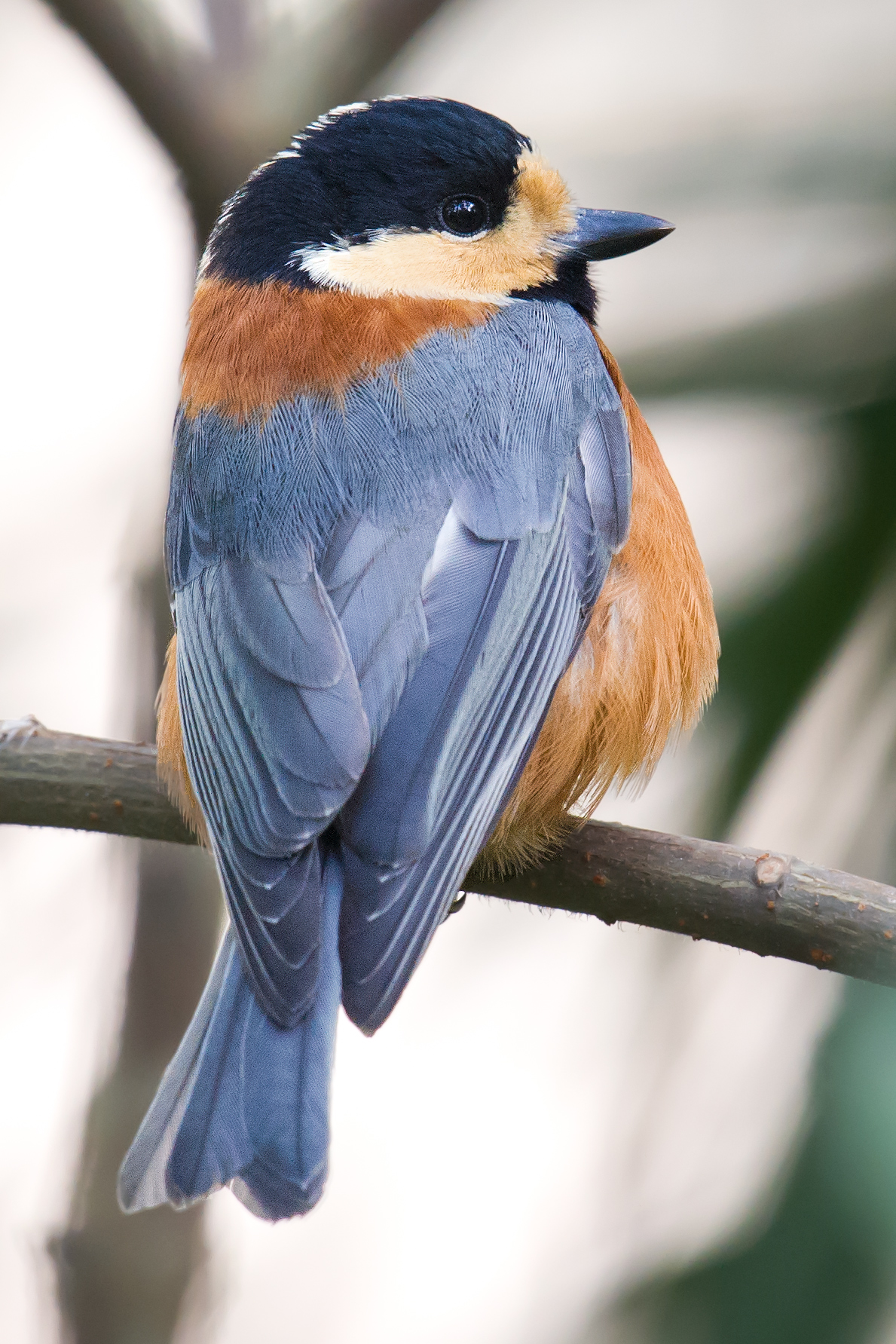
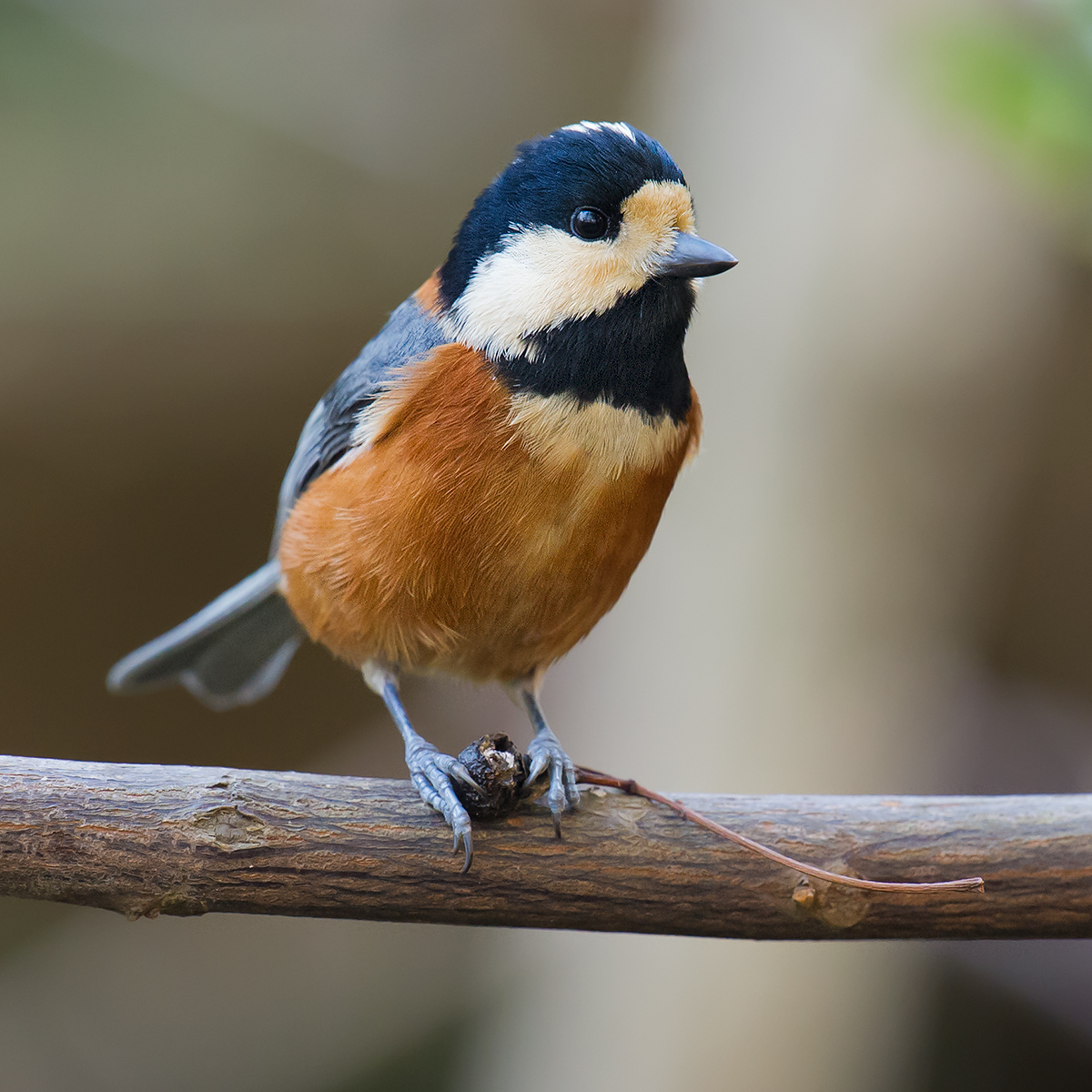
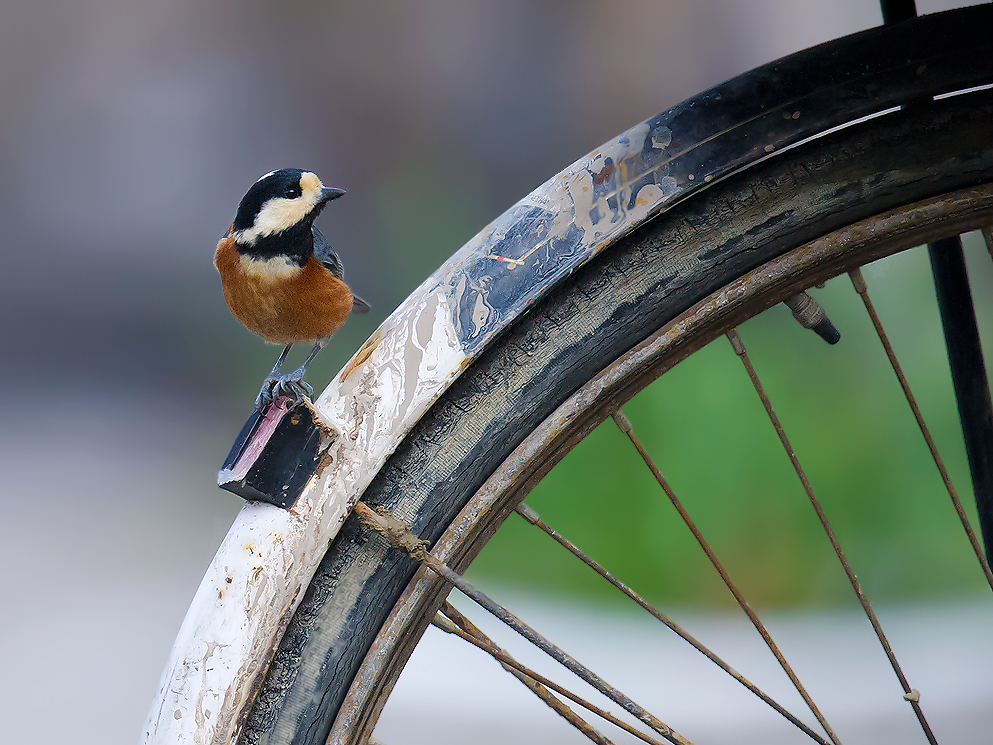
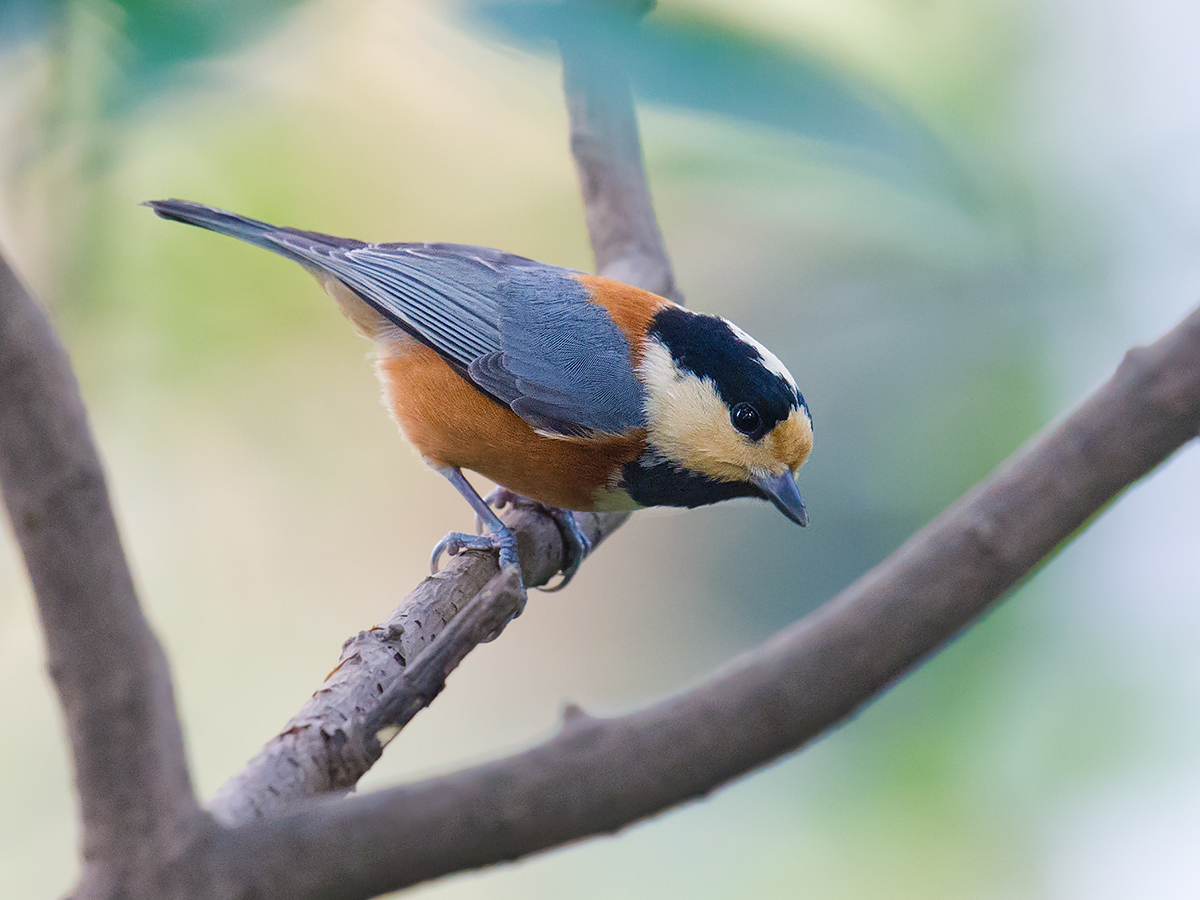
REFERENCES
Harrap, Simon & Quinn, David. Chickadees, Tits, Nuthatches and Treecreepers. Princeton University Press, 1995. Varied Tit, pp. 70–1, 397–401.
Loghry, Jason & Moores, Nial. Varied Tit, Chinese Nuthatch and Yellow-bellied Tit: what else is on the move? birdskoreablog.org. (Accessed 8 Feb. 2025)
Featured image: In autumn and winter 2012, Shanghai experienced an irruption of Varied Tit Sittiparus varius varius. (Craig Brelsford)

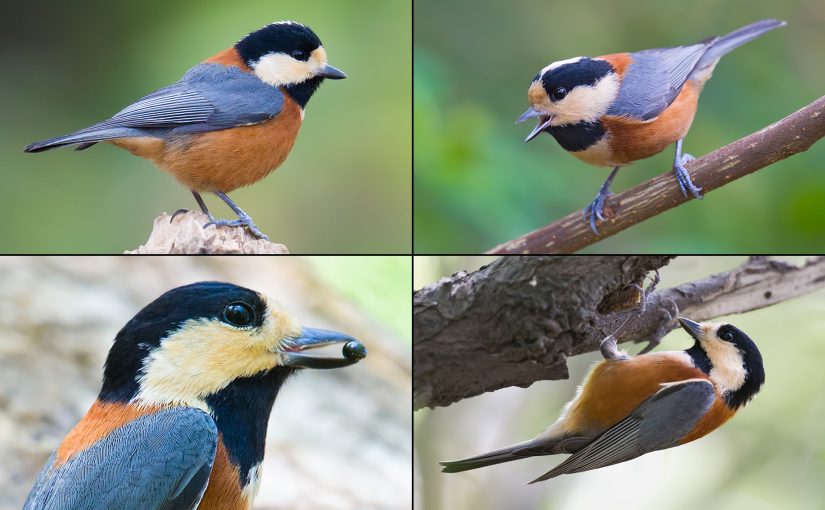
Most interesting post, and with a connection to my bailiwick of Japan.
One thing was that by 2012 much of the foliage in Varied Tit’s habitat in N. Japan had been mown down and removed (no flowers, bush) in the wake of the Fuku disaster–thousands of hectares. So there was a lack of seeds and insects across a wide area.
Another issue, aside from widespread radioactivity, was the massive heat column rising over Fuku and doing strange effects with clouds, especially noticeable due to the weird light effects in the atmosphere. Whereas an ornithologist might laugh at the idea, the birds may have been scared (people were scared) and took wing to escape.
I hope, fingers-crossed, that the birds found ways to survive. Strontium-90 is chemically similar to calcium, and uptake could result in fragile egg shells.
The Varied Tit irruption is most interesting and possibly of massive significance if more data can be found and if any ornithology lab conducted bio studies. Perhaps we can follow up on it with evidence-based research.
Thanks for the great work and that most surprising information!
Spectacular photos, thank you!
Interesting post and comments, Craig !
The Varied Tits got as far south as Hong Kong, where they were welcomed onto the Hong Kong list.
There is a small relict population in north Guangdong at Nanling, evidence, perhaps, of a previous irruption.